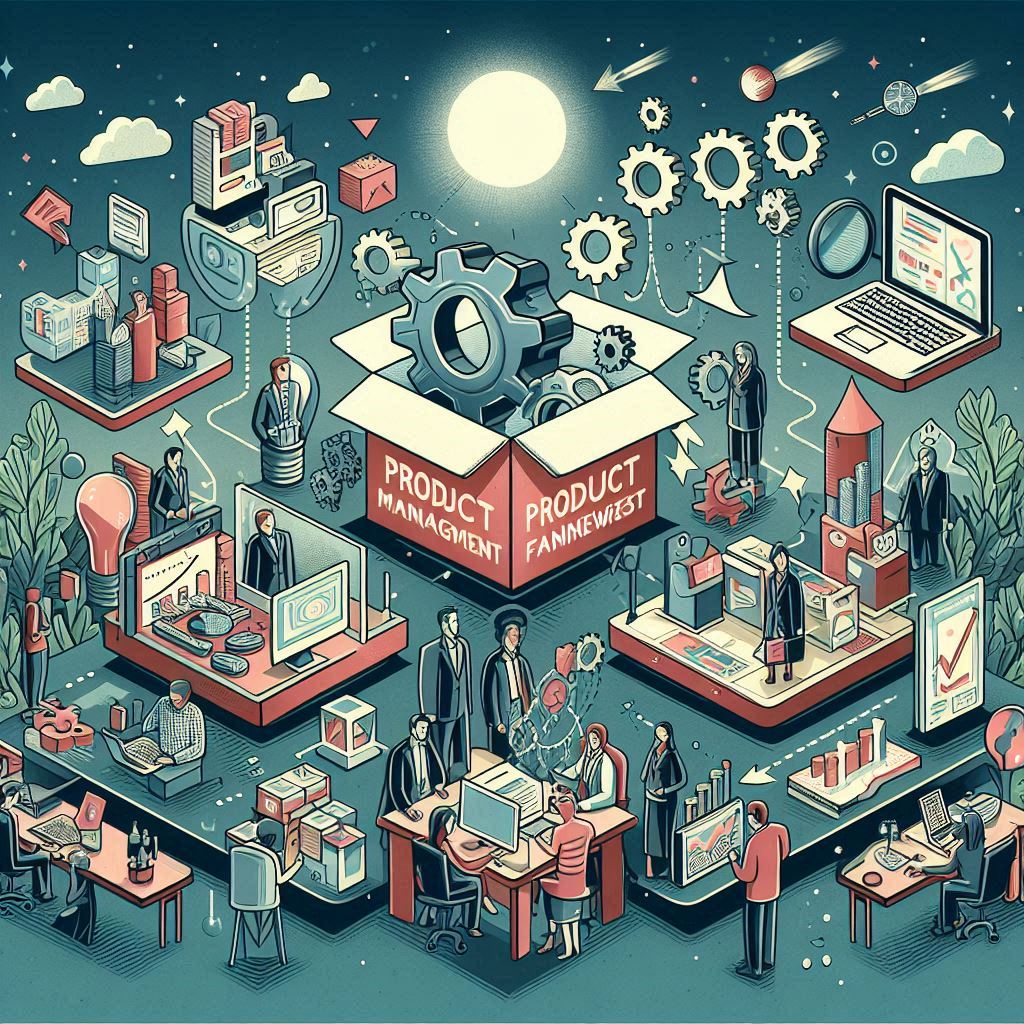-

Framework Evolution: How Product Management Frameworks Have Evolved Over Time and What the Future Might Hold
The landscape of product management has undergone significant transformations over the decades. From the early days of linear planning and rigid processes to the contemporary era of Agile and Lean methodologies, product management frameworks have continuously evolved to meet the changing demands of markets, technology, and consumer expectations. This article explores the evolution of product…
-

Hybrid Frameworks: Exploring the Benefits and Challenges of Combining Elements from Different Product Management Frameworks
In the evolving landscape of product management, choosing the right framework can significantly impact a project’s success. Traditional frameworks like Agile, Lean, Waterfall, and Kanban each offer distinct advantages and are highly effective in specific contexts. However, many organizations find that no single framework fully meets their needs, prompting them to adopt hybrid frameworks that…
-

Case Studies: Real-World Examples of Successful Framework Implementation and Lessons Learned
Implementing product management frameworks effectively can be a game-changer for organizations. By adopting structured approaches like Agile, Lean, Waterfall, and Kanban, companies can enhance their product development processes, improve team collaboration, and deliver high-quality products. This article explores real-world case studies of companies that have successfully implemented specific frameworks and the valuable lessons learned from…
-

Frameworks for Startups vs. Enterprises: Comparing Product Management Frameworks
Product management is a critical function in both startups and large enterprises, but the approaches and frameworks used can differ significantly due to variations in organizational size, structure, resources, and culture. This article explores how product management frameworks might differ between startups and large enterprises, providing insights into the unique challenges and opportunities each type…
-

Strategies for Scaling Agile Methodologies in Large Organizations
Agile methodologies, known for their flexibility, iterative development, and emphasis on customer feedback, have revolutionized the way products and projects are managed. However, as organizations grow, scaling Agile practices to accommodate larger teams and more complex projects can be challenging. Scaling Agile in large organizations requires careful planning, coordination, and a strategic approach to ensure…
-

Tailoring Product Management Frameworks to Fit Different Structures and Cultures
Choosing the right product management framework is essential for the success of any organization. However, simply adopting a framework in its original form may not always be effective. Organizations vary greatly in their structures, cultures, and specific needs, and thus, it is often necessary to tailor these frameworks to fit these unique characteristics. This article…
-

Comparing Product Management Frameworks: Agile, Lean, Waterfall, and Kanban
In the world of product management, choosing the right framework is crucial for the success of your projects and your team. Different frameworks offer various approaches to planning, execution, and delivery, each with its unique strengths and weaknesses. This article provides an in-depth look at some of the most popular product management frameworks—Agile, Lean, Waterfall,…
-

Future Trends: Predicting Future Trends in Product Management and Technology
The landscape of product management and technology is ever-evolving, driven by rapid advancements in technology, changing consumer expectations, and dynamic market conditions. As we look towards the future, several emerging trends are poised to shape the way products are developed, managed, and delivered. This article delves into some of the most promising future trends in…
-

Cross-Functional Collaboration: The Importance of Working Closely with Other Departments
In today’s fast-paced and highly competitive business environment, the ability to work effectively across different functions within an organization is more critical than ever. Cross-functional collaboration, which involves bringing together people from various departments such as marketing, engineering, sales, and customer support to work towards a common goal, has become a cornerstone of successful businesses.…
-

Customer Retention: Strategies to Improve Customer Retention and Loyalty
In today’s competitive business landscape, retaining customers and building loyalty is as crucial as acquiring new ones. Customer retention not only helps in reducing churn rates but also maximizes the lifetime value of customers, fostering long-term relationships that benefit both the business and its clientele. This article delves into the importance of customer retention, exploring…
